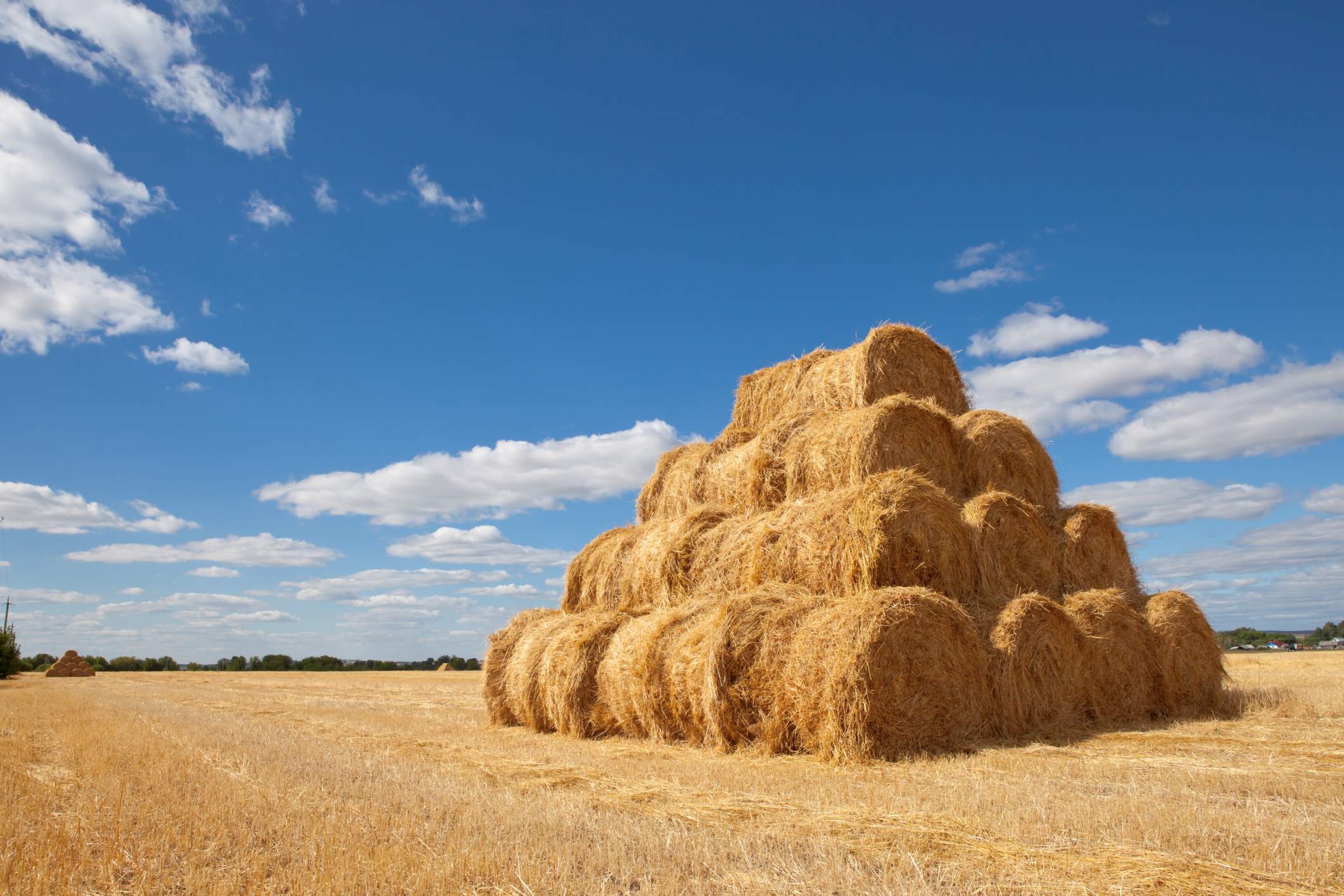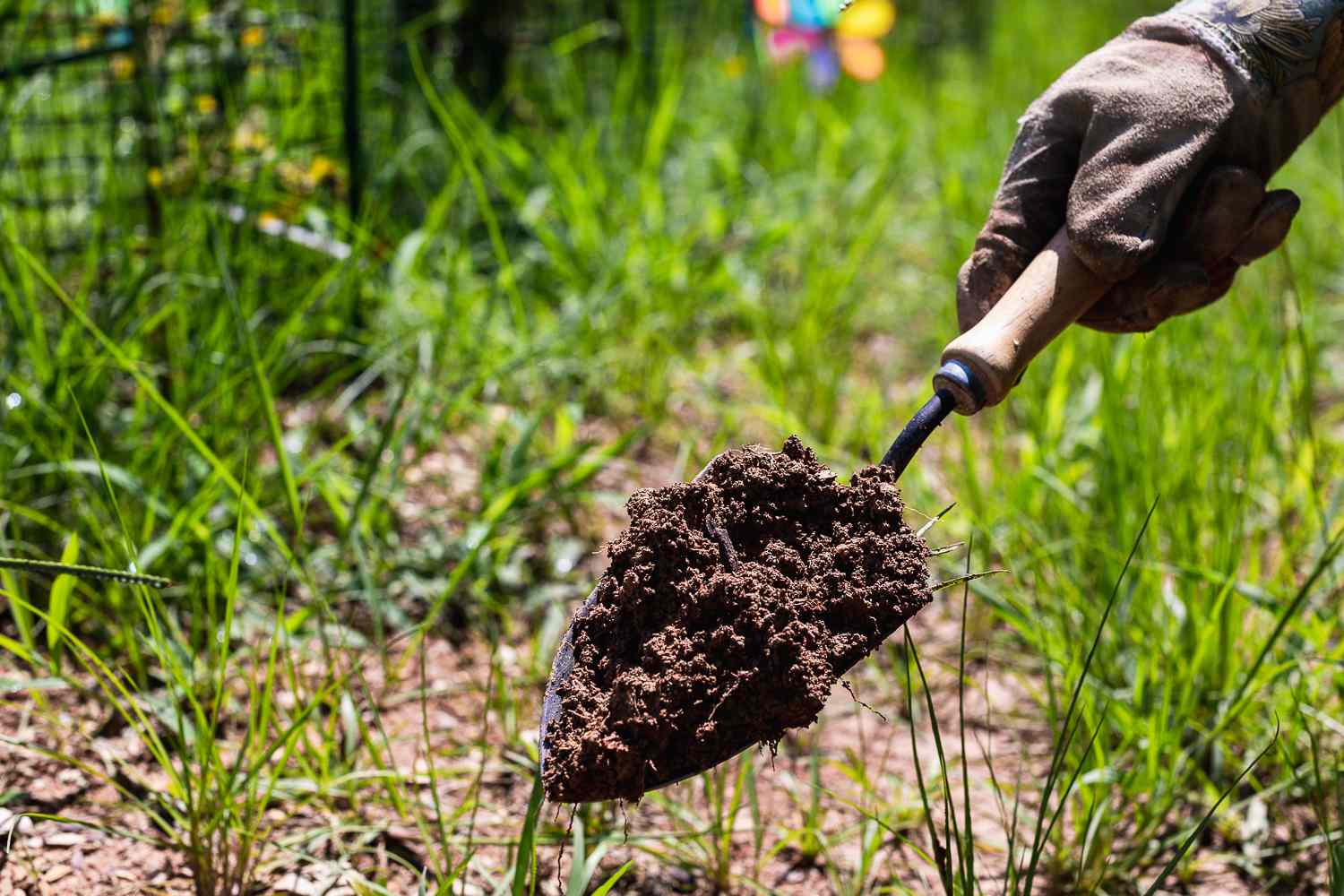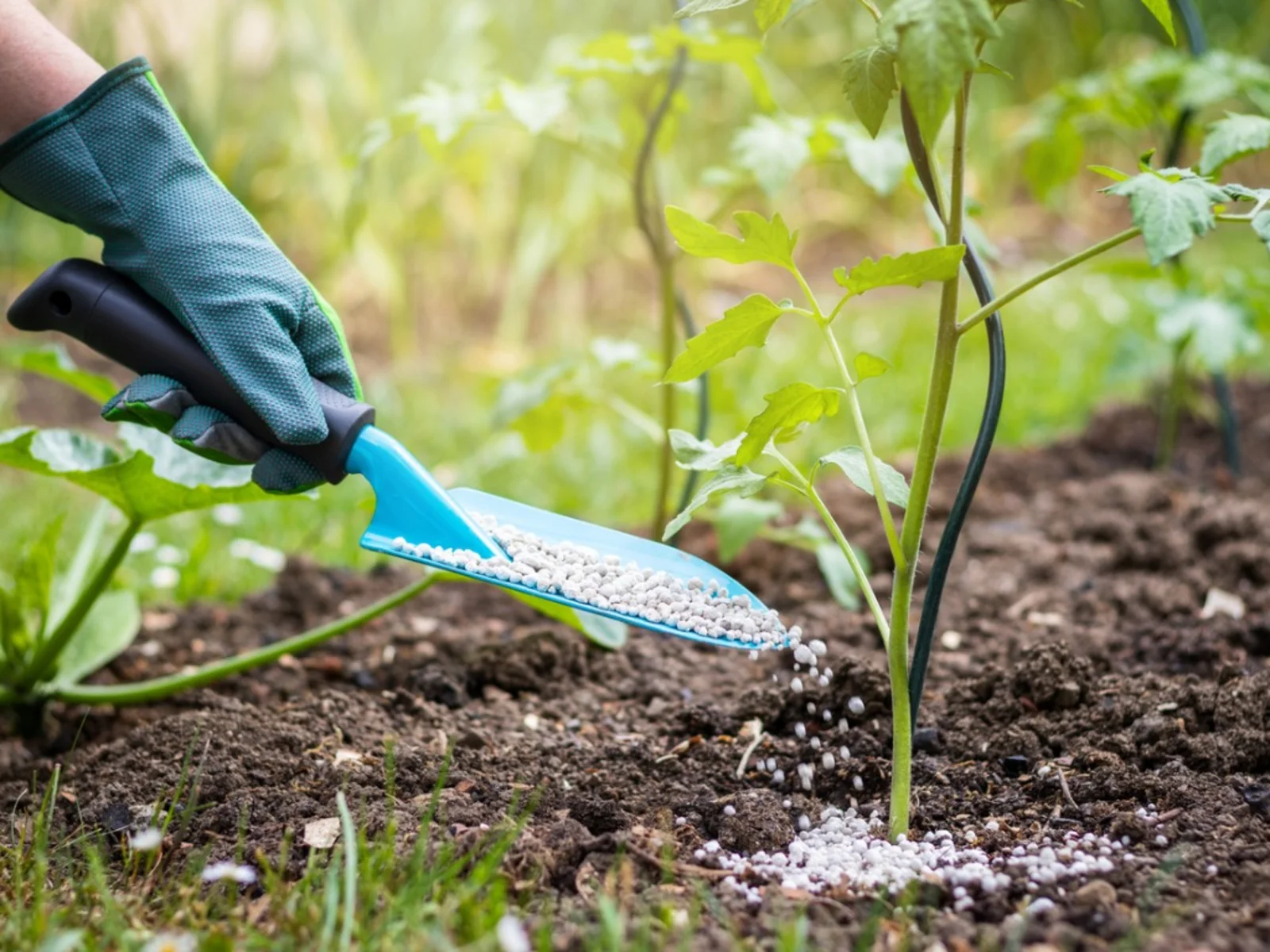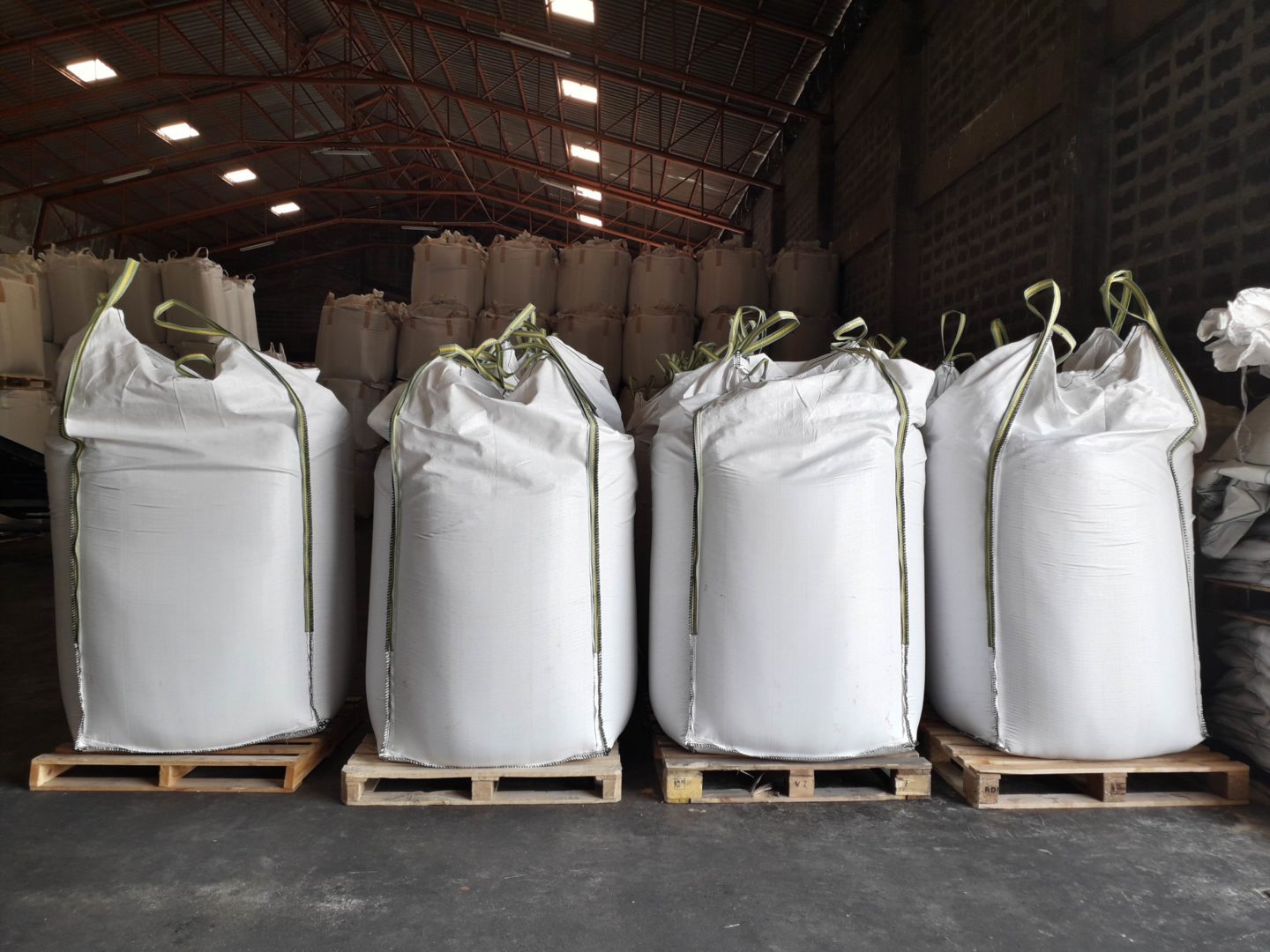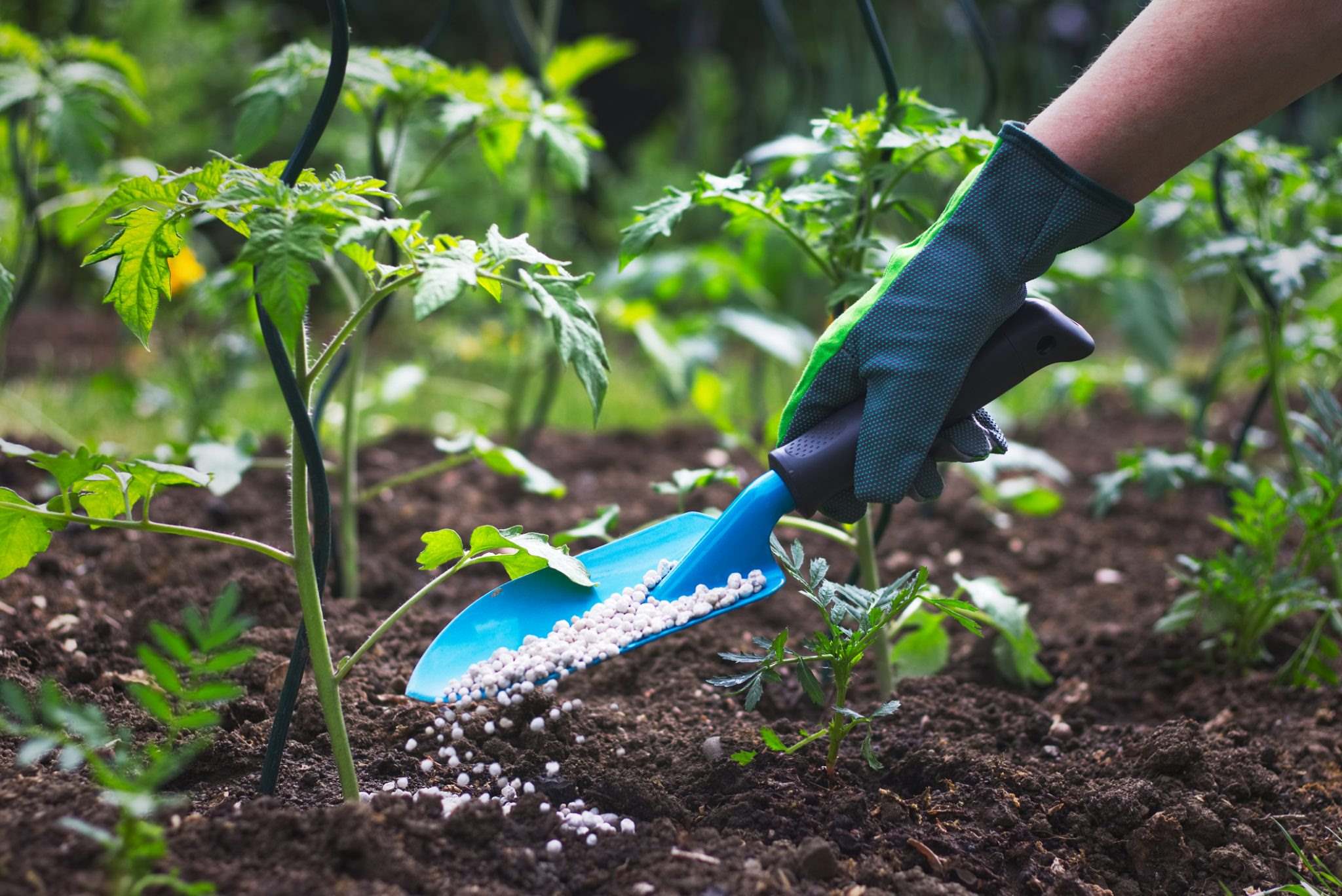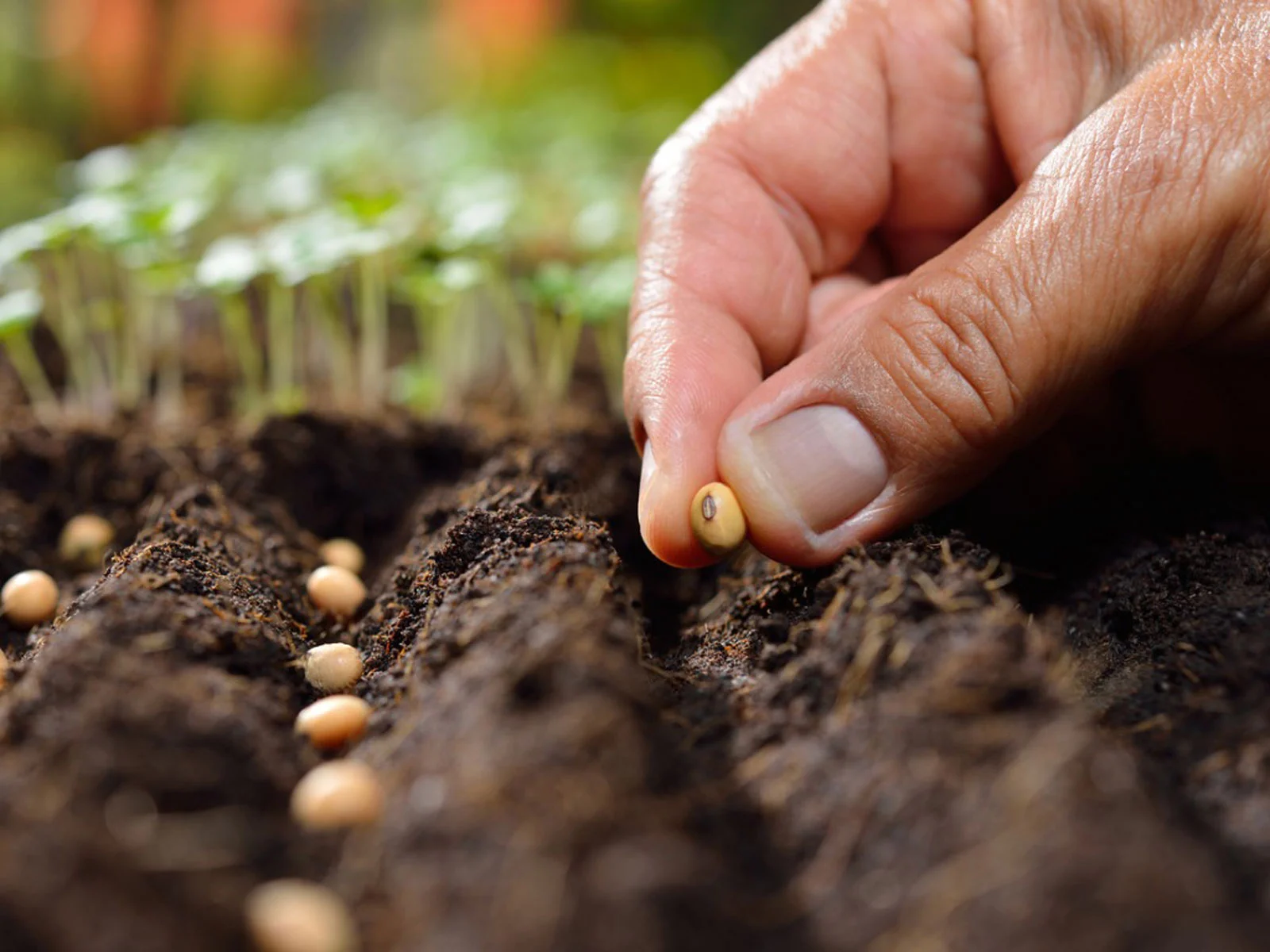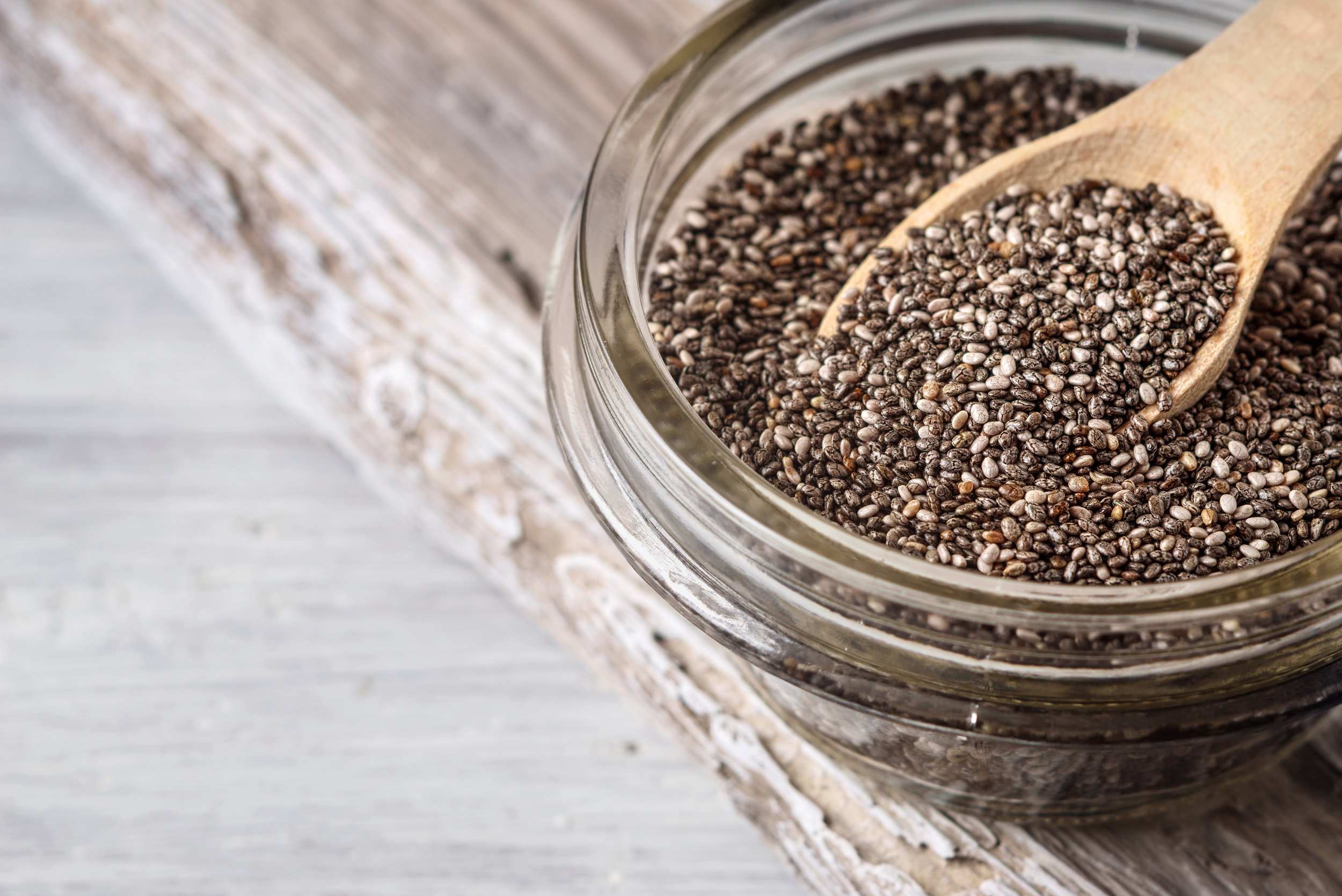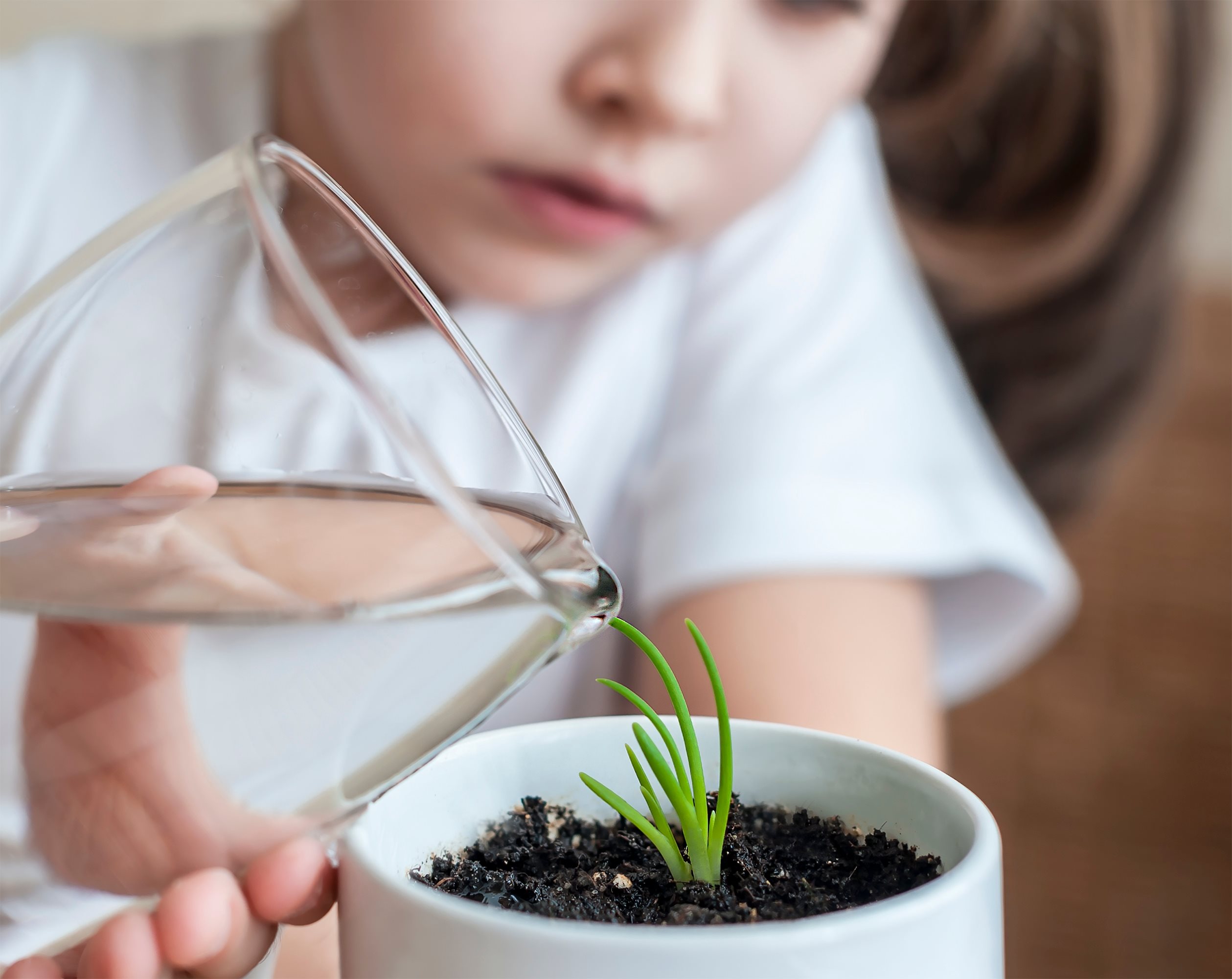Home>Gardening Techniques>Plant Care>How Soon After Planting Grass Seed Can You Fertilize


Plant Care
How Soon After Planting Grass Seed Can You Fertilize
Modified: January 22, 2024
Discover the optimal time to fertilize after planting grass seed. Learn plant care tips and guidelines for successful lawn establishment.
(Many of the links in this article redirect to a specific reviewed product. Your purchase of these products through affiliate links helps to generate commission for Chicagolandgardening.com, at no extra cost. Learn more)
Table of Contents
Introduction
Planting grass seed is an exciting step in achieving a lush and vibrant lawn. However, the success of your efforts doesn’t solely rely on the act of planting itself. In order to promote healthy growth and development, it is crucial to provide the necessary nutrients to your newly seeded lawn. One key aspect of lawn care is fertilization, which plays a vital role in supplying essential nutrients to the grass.
While it is understandable to be eager to fertilize your lawn immediately after planting grass seed, it is important to be patient and consider several factors before doing so. Rushing to fertilize can have adverse effects on the seedlings and erode all your hard work. To ensure the success of your lawn, it is essential to understand the wait time required after planting grass seed and the proper methods to fertilize effectively.
In this article, we will explore the ideal time to fertilize after planting grass seed and discuss important factors to consider for optimal results. We will also delve into choosing the right fertilizer and provide valuable tips on how to apply it correctly to promote healthy growth and minimize the risk of damaging your newly seeded lawn.
So, if you’re ready to learn how to maximize the potential of your new lawn, let’s dive in!
Factors to Consider
Before fertilizing your newly planted grass seed, there are several important factors to consider that can greatly influence the success of your lawn’s growth and overall health.
1. Germination period: Grass seed requires a certain amount of time to germinate and establish strong root systems. It is crucial to allow enough time for the seedlings to establish themselves before introducing fertilizer. Premature fertilization can disrupt this delicate process and hinder the growth of your grass.
2. Soil condition: The condition of your soil plays a significant role in determining whether or not to fertilize immediately after planting. Conduct a soil test to assess its nutrient levels and pH balance. If the soil lacks essential nutrients, fertilization may be necessary sooner than if the soil is already rich in nutrients.
3. Seed quality: The quality of the grass seed you use can also affect the timing of fertilization. High-quality seeds often contain a good amount of nutrients, allowing them to sustain initial growth without the immediate need for additional fertilization. However, lower-quality seeds may benefit from early fertilization to provide the necessary nutrients for healthy development.
4. Environmental factors: Consider the prevailing weather conditions and the time of year when determining when to fertilize. Extremes in temperature, such as excessive heat or cold, can impact the effectiveness of fertilizers. It is generally recommended to avoid fertilizing in extreme weather conditions to prevent stress on the seedlings.
5. Grass type: Different grass species have varying needs for fertilizer. Some grasses may require more nutrients to thrive, while others may be more tolerant of nutrient deficiencies. Research and understand the specific requirements of the grass seed you’ve planted to ensure you provide the appropriate amount of fertilizer.
By taking these factors into consideration, you’ll be better equipped to determine the optimal timing for fertilizing your newly planted grass seed. This will give your lawn the best chances for healthy growth and lush greenery.
Wait Time after Planting Grass Seed
After planting grass seed, it is essential to give the seedlings enough time to establish themselves and develop a strong root system before introducing fertilizer. While the specific wait time can vary depending on several factors, a general rule of thumb is to wait at least 4 to 6 weeks before applying fertilizer.
During this initial period, the grass seed undergoes germination, where the roots start to take hold in the soil and the blades of grass begin to emerge. The seedlings are delicate during this stage and can easily be damaged or burned by the chemicals in fertilizers.
Waiting for the seedlings to develop healthy root systems also ensures that they can properly absorb and utilize the nutrients provided by the fertilizer. The establishment of a robust root system is crucial for the long-term health and resilience of the grass, allowing it to withstand stressors and grow thicker and greener.
However, it’s important to note that the wait time after planting grass seed is not set in stone and can vary depending on factors such as the grass type, soil condition, and climate. Some grass varieties may establish themselves more quickly and can tolerate fertilization earlier, while others may require a longer period of time for the roots to mature.
Monitoring the progress of your newly seeded lawn is key in determining the appropriate timing for fertilization. Look for signs of healthy growth, such as the emergence of new grass blades and the development of a strong root system. If the seedlings are well-established and showing signs of vigor, it may be a good indication that they are ready for fertilizer.
Ultimately, it is crucial to exercise patience and allow ample time for the grass seed to take root and establish before introducing fertilizer. Providing the seedlings with a strong foundation will set the stage for a healthy and thriving lawn in the long run.
Choosing the Right Fertilizer
Choosing the right fertilizer for your newly planted grass seed is essential to provide the necessary nutrients for healthy growth. Understanding the different types of fertilizers available and their nutrient composition will help you make an informed decision.
1. NPK Ratio: Fertilizers are labeled with an NPK ratio, which indicates the percentage of nitrogen (N), phosphorus (P), and potassium (K) they contain. Each nutrient plays a vital role in the growth and development of your lawn. For newly planted grass seed, a fertilizer with a higher ratio of phosphorus, such as a 10-20-10 or 8-16-8, can promote root development and establishment.
2. Slow-release vs. quick-release: Consider whether you want a slow-release or quick-release fertilizer. Slow-release fertilizers release nutrients gradually over time, providing a steady supply for the grass seedlings. Quick-release fertilizers, on the other hand, deliver nutrients immediately but may require more frequent applications.
3. Organic vs. synthetic fertilizers: You also have the option to choose between organic and synthetic fertilizers. Organic fertilizers are derived from natural sources and provide a slow-release of nutrients. They help improve soil health and microbial activity. Synthetic fertilizers, on the other hand, are manufactured with specific nutrient concentrations and provide a quick nutrient boost.
4. Starter fertilizers: Consider using a starter fertilizer specifically formulated for newly planted grass seed. These fertilizers often have higher phosphorus levels and can provide the necessary nutrients to support the early stages of grass growth and establishment.
5. Environmental impact: Take into account the potential environmental impact of the fertilizer you choose. Some fertilizers may contain harmful chemicals that can leach into groundwater or harm beneficial organisms. Look for environmentally-friendly options that minimize these risks.
Consulting with a local gardening expert or contacting your county extension office can provide valuable insights into the specific fertilizer needs of your grass seed and the best options for your region. They can also provide recommendations based on your soil test results and specific lawn requirements.
Remember, choosing the right fertilizer is crucial for providing the necessary nutrients to your newly planted grass seed. By selecting a fertilizer with the appropriate nutrient composition and release method, you can set your lawn up for healthy growth and long-term success.
Applying Fertilizer after Planting
Once the appropriate wait time has passed and your newly planted grass seed is ready for fertilization, it’s important to apply the fertilizer correctly to ensure maximum effectiveness and minimize the risk of damage to your lawn.
1. Follow the manufacturer’s instructions: Read and carefully follow the instructions provided on the fertilizer packaging. The instructions will provide specific details on the application rate, timing, and method for best results. It is important to follow these guidelines to avoid over or under-fertilizing your lawn.
2. Apply during favorable weather conditions: Choose a day when the weather is calm, with no heavy rain or strong winds in the forecast. Applying fertilizer during adverse weather conditions can result in the fertilizer being washed away or unevenly distributed, reducing its effectiveness.
3. Use a spreader or sprayer: To ensure even distribution of the fertilizer, use a spreader or sprayer instead of hand broadcasting. These tools allow for more precise application and minimize the risk of uneven coverage, which can lead to patchy growth.
4. Water after application: After fertilizing your lawn, water it lightly to help the fertilizer penetrate into the soil and reach the grass roots. This will also prevent the fertilizer from sitting on the grass blade surface, which can potentially burn the blades.
5. Avoid contact with non-target areas: Be cautious not to allow the fertilizer to come into contact with non-target areas such as flower beds, shrubs, or trees. Fertilizers contain concentrated nutrients that can harm or even kill other plants. Take care to apply the fertilizer only to the intended areas of your lawn.
6. Timing of subsequent applications: Depending on the type of fertilizer used, you may need to apply subsequent applications during the growing season. Follow the recommended schedule provided by the manufacturer or seek advice from a local expert to determine the appropriate timing for additional fertilization.
By applying the fertilizer correctly and following the guidelines, you can ensure that your newly planted grass seed receives the nutrients it needs for healthy growth. Remember to always handle fertilizers with care, following safety guidelines to protect yourself and the environment.
Precautions and Tips
While fertilizing your newly planted grass seed can significantly benefit its growth and development, it’s important to exercise caution and follow some essential precautions and tips to ensure the best results. Here are some key considerations:
1. Read and follow safety instructions: Familiarize yourself with the safety instructions provided by the fertilizer manufacturer. Wear protective gloves, a mask, and eye goggles when handling and applying fertilizers to protect yourself from potential harm.
2. Avoid over-fertilization: Applying excessive amounts of fertilizer can do more harm than good. Over-fertilization can burn the grass, damage the root system, and leach nutrients into water bodies, causing pollution. Always follow the recommended application rates and schedules to prevent overuse.
3. Don’t fertilize dormant grass: If you live in an area where the grass goes dormant during certain seasons, avoid fertilizing during these periods. Dormant grass is not actively growing and does not require additional nutrients.
4. Watering schedule: Coordinate the application of fertilizer with your regular watering schedule. Make sure the soil is adequately moist before applying fertilizer to help it dissolve and be absorbed by the grass roots.
5. Keep pets and children away: Restrict access to the fertilized area until the grass is dry to prevent accidental ingestion or contact with the fertilizer. Some fertilizers can be harmful if ingested or cause skin irritation if they come into contact with bare skin.
6. Adjust based on grass type: Different grass types have different nutrient requirements. Research and understand the specific needs of your grass type to adjust the fertilizer application accordingly. This will ensure that you provide the right balance of nutrients for optimum growth.
7. Regular maintenance: Remember that fertilization is only one aspect of lawn care. Regular maintenance practices such as mowing, watering, and aeration also play crucial roles in maintaining a healthy and attractive lawn.
8. Learn from professionals: Consider seeking advice from lawn care professionals or local agricultural extension offices. They can provide valuable insights and recommendations tailored to your specific region and grass type.
By following these precautions and tips, you can safely and effectively fertilize your newly planted grass seed, promoting its growth and ensuring a flourishing and vibrant lawn.
Conclusion
Fertilizing your newly planted grass seed is a critical step in achieving a healthy and lush lawn. By considering factors such as the germination period, soil condition, seed quality, environmental factors, and grass type, you can determine the ideal wait time before applying fertilizer. Choosing the right fertilizer with the appropriate nutrient composition, release method, and considering the environmental impact is essential for the success of your lawn.
When it’s time to apply the fertilizer, following the manufacturer’s instructions, applying it during favorable weather conditions, using the right tools for even distribution, and watering after application will help maximize the benefits and minimize any potential harm. Precautions such as reading safety instructions, avoiding over-fertilization, keeping pets and children away, and adjusting the application based on grass type are vital for safe and effective fertilization.
Remember, fertilization is just one aspect of comprehensive lawn care. Regular maintenance practices like mowing, watering, and aeration are equally important in maintaining a vibrant and healthy lawn.
By understanding the wait time after planting grass seed, choosing the right fertilizer, applying it correctly, taking precautions, and staying consistent with maintenance, you’ll be well on your way to achieving a thriving and beautiful lawn that will be the envy of your neighbors.
